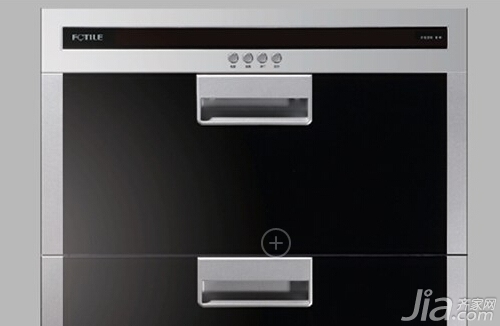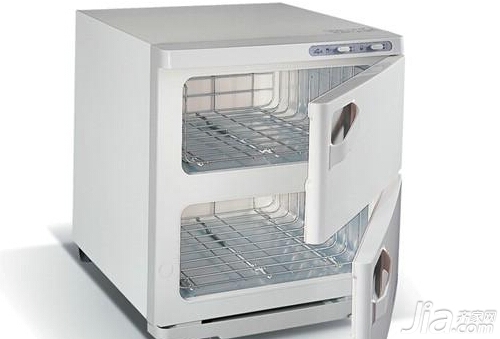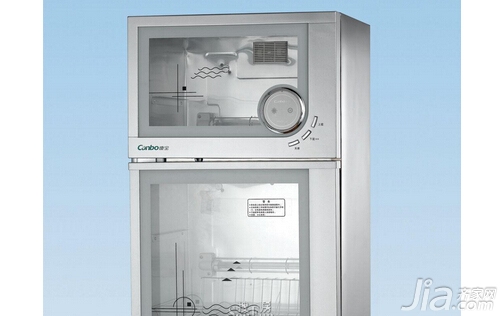What is the principle of disinfection cabinet
What is the principle of the disinfection cabinet? If you’ve just purchased a disinfection cabinet for your home, this question might be on your mind. The truth is, different types of disinfection cabinets operate based on various principles, but their ultimate goal is always to eliminate harmful bacteria and viruses. Today, we’ll take a closer look at how these devices work and what you need to know when using them.
Understanding the Principle of Disinfection Cabinets
1. Ozone Disinfection Cabinet:
Ozone disinfection cabinets rely on the powerful oxidizing properties of ozone gas to kill germs and bacteria. Ozone is a blueish, reactive gas with a distinct smell. It's one of the most effective disinfectants available, capable of destroying a wide range of pathogens. However, ozone can be harmful if it leaks into the surrounding air, so safety measures are crucial. The acceptable ozone concentration in the air should not exceed 0.2 mg/m³. Therefore, these cabinets are designed to maintain safe ozone levels within the chamber without leakage, ensuring both effectiveness and user safety.

2. Ozone and UV Disinfection Cabinet for Tableware:
This type of cabinet combines ultraviolet (UV) light and ozone for enhanced disinfection. The UV lamps used typically emit wavelengths between 200-275nm, with the most effective range being 250-270nm. While UV light is efficient at killing microorganisms directly exposed to it, its penetration power is limited. That’s why proper exposure is essential during the process. In addition, the UV lamp also produces ozone, which further enhances the sterilization effect. This dual approach ensures more thorough cleaning and disinfection of your dishes.

3. Electric Heating Disinfection Cabinet:
These cabinets use high temperatures to destroy bacteria. Heat causes proteins in microorganisms to denature and lose function, ultimately leading to their death. For optimal results, the temperature should be at least 100°C, and the disinfection process should last no less than 15 minutes. This method is particularly effective for items that can withstand heat, such as ceramic or metal tableware.
How to Use a Disinfection Cabinet Properly:
1. Placement:
A disinfection cabinet can be placed either horizontally or vertically. When placing it flat, ensure it is on a solid and level surface with good ventilation around it. If hanging, avoid placing it in areas where the wall structure may not support the weight. Always make sure the cabinet is securely positioned to prevent accidents.

2. Usage Tips:
Before placing dishes in the cabinet, make sure they are clean and dry. This not only improves efficiency but also extends the life of the heating elements. Leave enough space between items to allow proper circulation of ozone or heat, enhancing the overall disinfection effect. Be mindful of the weight capacity of each shelf—usually around 5kg. Avoid overloading. Never open the cabinet while it is in operation, as this can release harmful ozone or cause burns from high temperatures. Only open the door after the cycle has completed and the internal temperature has dropped.
In summary, understanding the principle behind disinfection cabinets helps you make the most of their features and use them safely. Whether you choose an ozone, UV, or electric model, following the guidelines will ensure better hygiene and longer device lifespan. When selecting a cabinet, consider your needs and lifestyle to find the best fit.
What, the decoration still uses his own money? ! The Qi family is decorated in installments, with an ultra-low annual interest rate of 3.55% and a maximum loan of 1 million. Apply now to enjoy the discount
If you are interested in brand cooperation, content collaboration, or advertising opportunities, please send an email to:
Disinfection cabinet door
Stainless Steel Wine Barrel,Wine Barrel,Stainless Steel Barrels,Stainless Wine Barrel
Jiangmen Xinweijie Stainless Steel Products Co., Ltd. , https://www.xxdkitchenware.com